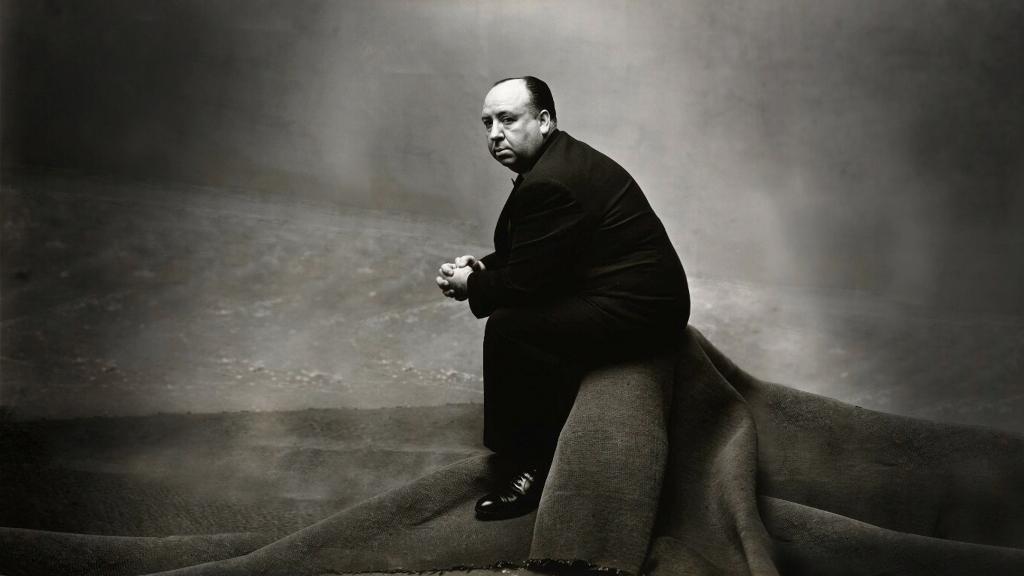Despite being a vintage culture enthusiast and lover of all things classic, collecting antiques, classic collectibles, or even vintage clothing has never been a serious hobby of mine, at least so far. One exception to this is old cookbooks. From small collections of recipes which came with a 1940s oven to an encyclopedia of Southern culinary techniques from the 1920s, I just love collecting and reading old cookbooks. Even if you don’t try to recreate any of the recipes, it’s a fascinating peek into the kitchen and dining rooms of our ancestors.
One of my favorite vintage cookbooks in my collection is “The Ford Treasury of Favorite Recipes from Famous Eating Places.” Originally published in 1950 by the Ford Motor Company, it’s a darling little yellow book which was compiled by Nancy Kennedy, with Arthur Lougee serving as art director. It seems bizarre that an automobile manufacturer would publish a recipe book, but the company published magazines called The Ford Times and The Lincoln Mercury-Times. These magazines frequently featured information about unique roadside restaurants which were popular among motorists, just as AAA’s magazine still does today. People were eager to know about more of these restaurants and try out some of the recipes themselves, which inspired this book. Seventy-four years after its original publication, “The Ford Treasury” has become a fascinating history book and geographical guide as well as a collection of rare vintage recipes.

About the Book
This book was dedicated “to The Ford and Lincoln-Mercury Dealers of the United States whose interest and suggestions have made this guide possible.” Nothing I write could describe the idea behind this book as well as the foreword by Wiliam D. Kennedy, the editor-in-chief of the Ford Times and the Lincoln-Mercury Times:“Over the past four years the departments ‘Favorite Recipes of Famous Taverns’ in the Ford Times and ‘Outstanding Restaurants’ in the Lincoln-Mercury Times have been consistently rated among the top favorites in our readership surveys. Even before these features had been running a year, requests began to pour in for a collection of all the recipes. This book is the answer to a growing and insistent demand. We hope that it may be useful to travelers who know from experience that exciting food in an unusual atmosphere is often the highlight of an interesting motor trip—and the compensation for a tiresome one. We hope also that it may be equally serviceable to stay-at-home gourmets who like to try their hands at emulating some of the world’s best chefs in their own kitchens. Probably no one book could cover adequately all the really good eating places in the country; this edition is merely an attempt to present a representative group, with considerable emphasis on location as serving the needs of the touring public. Meanwhile, the work goes on in our magazine departments; perhaps by 1985 we may be a little closer to our goal of a really complete list of America’s fine restaurants.” He signs off by wishing the readers “Happy motoring and successful cooking!”

The Restaurants
There are 227 restaurants listed in the book. Each restaurant has a one-page feature, which includes an artistic half-page sketch depicting the location, a short description, the address, and a simple recipe. Five of the restaurants feature two recipes, either because the location had too many favorites to choose just one or because the chef was more generous with his recipes than others. These recipes are not for cooks who need to be meticulously walked through every step of the preparation, since they just list the ingredients and give very basic cooking instructions.The book is divided by regions: Northeast, Southeast, North Central, South Central, and West. It travels, state by state, from New Hope, Pennsylvania, to Bellingham, Washington. There are entries from 38 states plus the District of Columbia, two Canadian provinces, and even a couple from Hawaii, which wasn’t a state yet. A predominant amount of the entries are restaurants at hotels and inns, many of which were quite historic at the time. This serves the book’s purpose as a traveler’s guide, mirroring the origins of the modern restaurant as a dining hall for lodgers. Some of the included locations are still famous, like the Waldorf-Astoria and Tavern on the Green in New York, Don the Beachcomber in Hawaii, and the Brown Derby in Los Angeles, even if they no longer are in business.
Every one of the restaurants is a place I’d love to visit. Sadly, most of the restaurants are no longer in existence today. They’ve either gone out of business, been torn down, or been replaced by less historic eating establishments in the same hotels. A rare few, however, are still in business and perhaps still serving some of the recipes listed in the book. Even if not, you could visit the location to explore the history if the building is still standing. If you live near one of these places, it would be worthwhile to do a little research on its status.

The Recipes
The recipes are extremely varied in types of dishes and genres of cuisine. There are entrees featuring meat and seafood, side dishes, many interesting salads, fancy desserts, assorted rolls, and even a special recipe for coffee. Some dishes are quite specialized to their location, such as a recipe for Roast Stuffed Opossum from Happy Hollow Ranch in Branson, Missouri, while others are different preparations of popular dishes, such as four separate recipes for Lobster Thermidor. Many of these dishes are things you would never see on a menu today but were very popular in the mid-20th century. Others are classic takes on still-beloved dishes, like Spaghetti and Meatballs and Beef Tacos.- 2 egg whites
- 3 drops vinegar
- ½ teaspoon water
- Pinch of salt
- ½ cup fine granulated sugar
- ½ teaspoon vanilla
You can find used copies of this book on eBay. Why not buy your own copy of this delightful culinary journey into the past?





